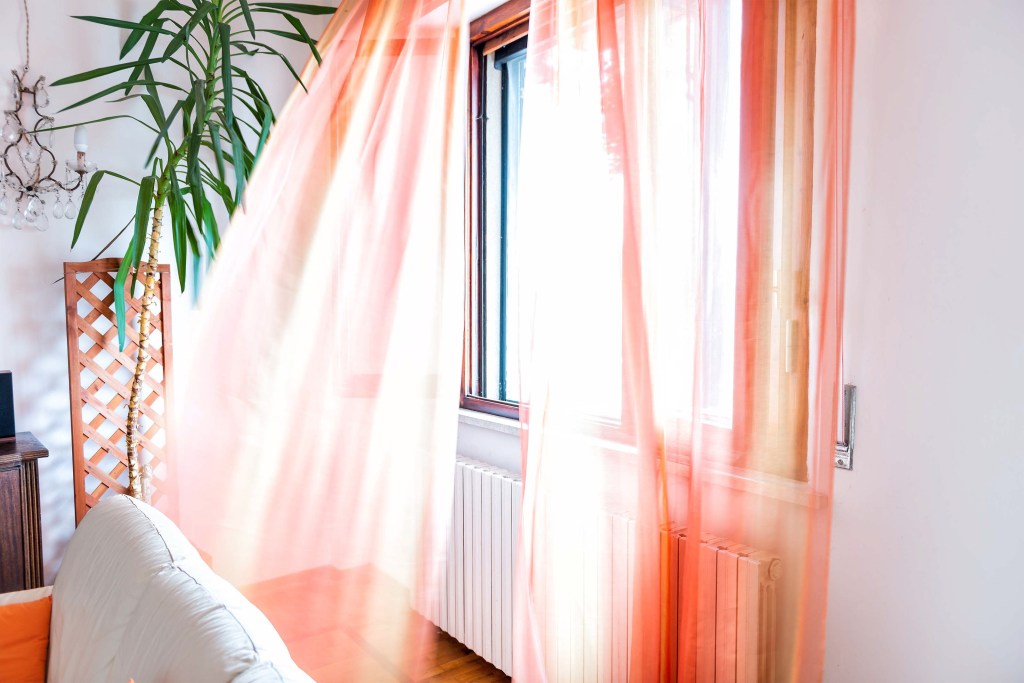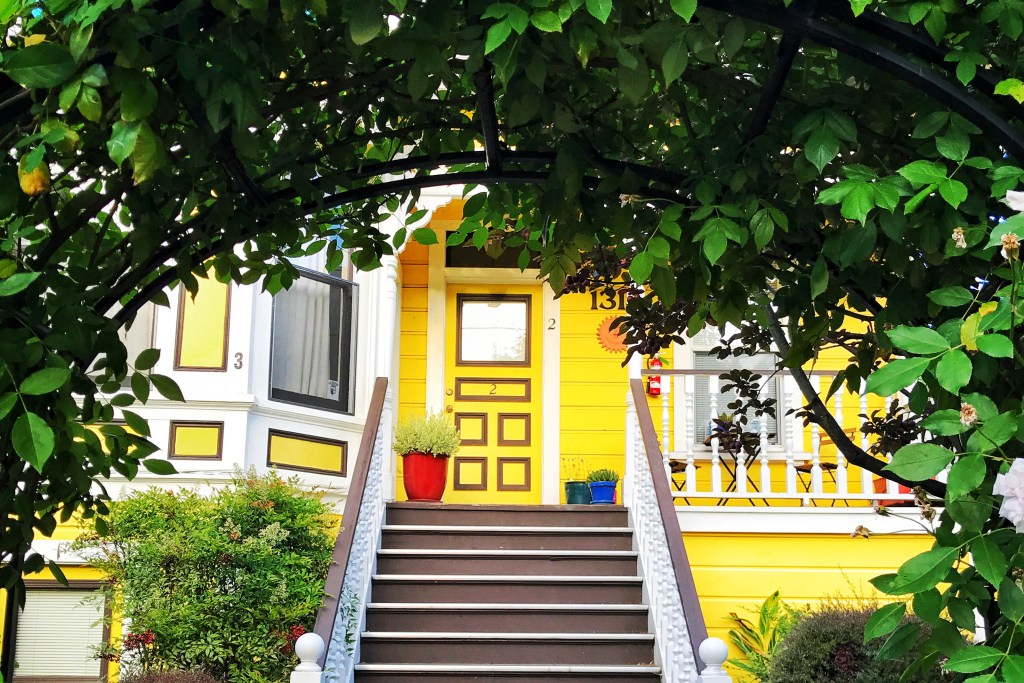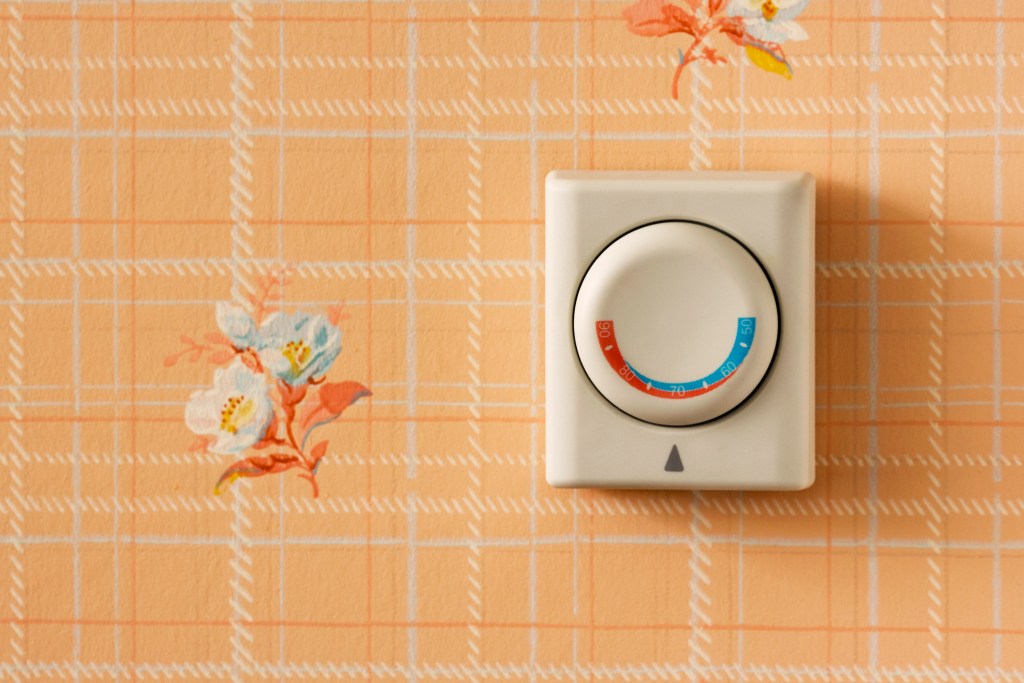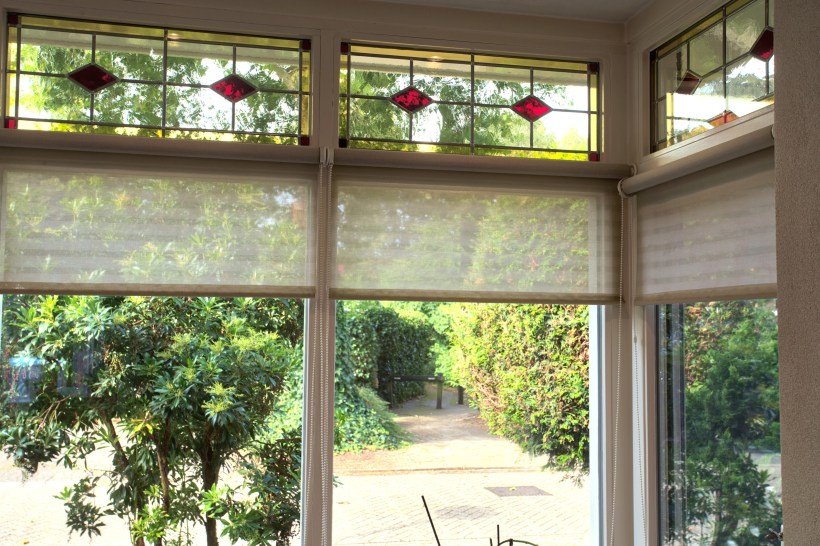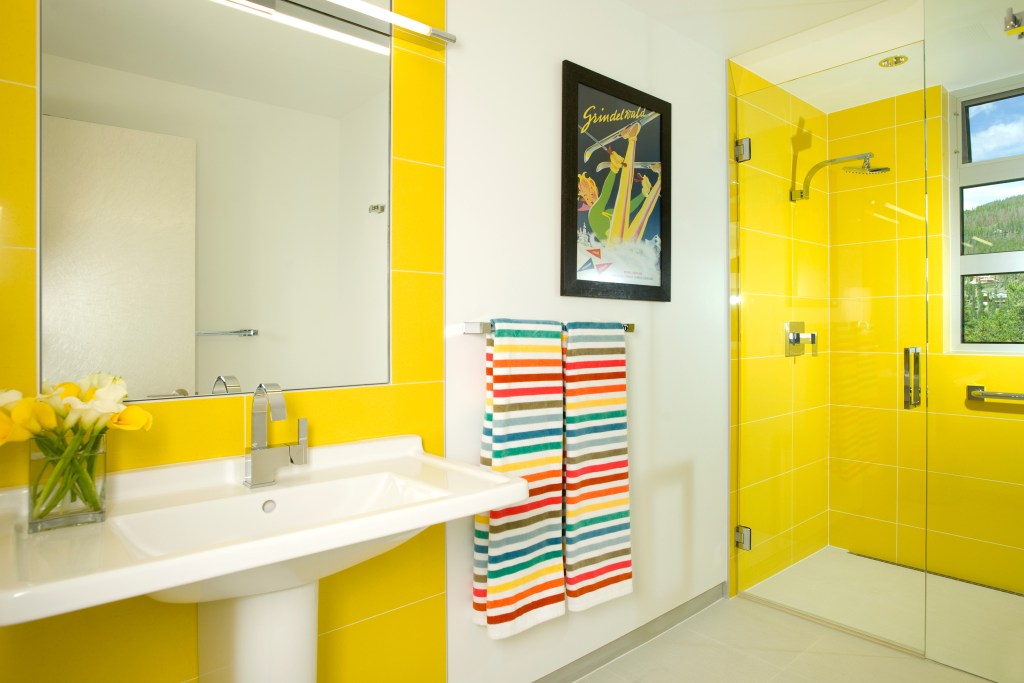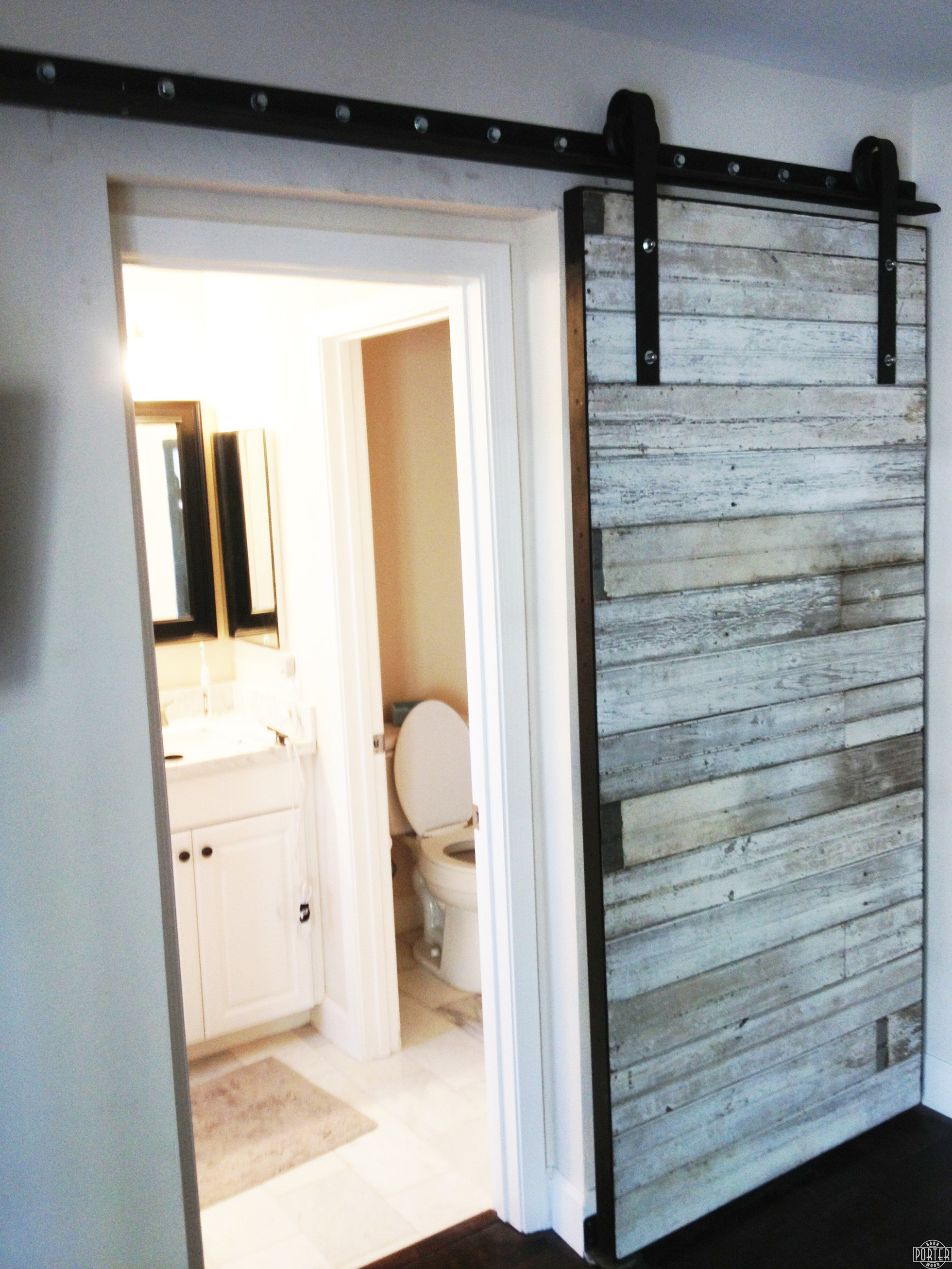What to consider — from durability to style — for what’s under foot.
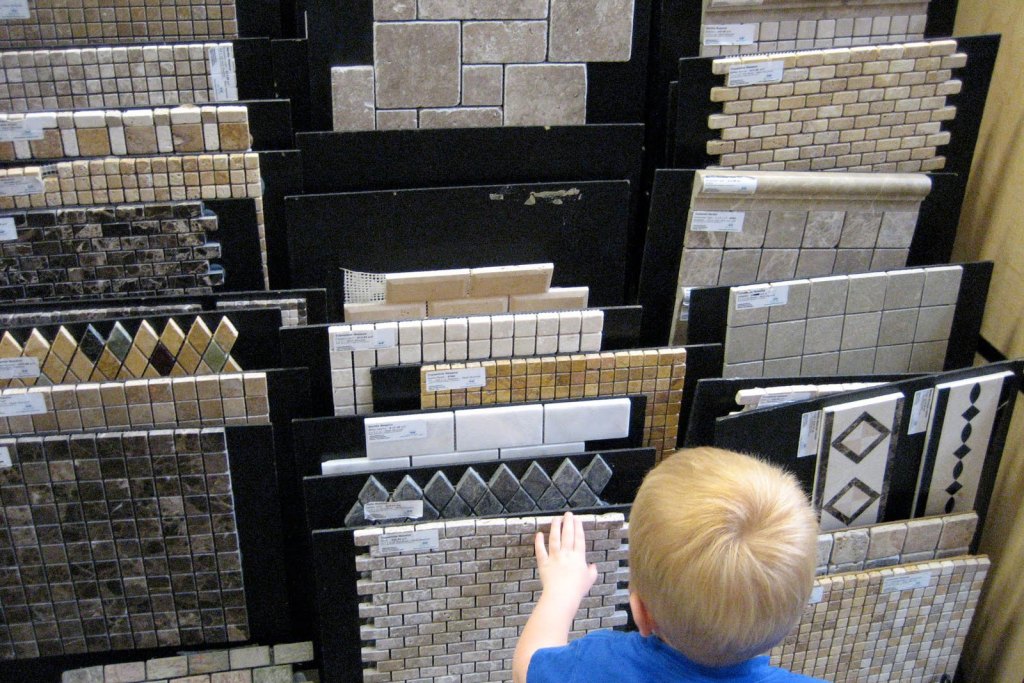
No worries. We’ve sorted it out for you with a handy do’s and don’ts list.
Style
DO: Consider your home’s layout. Got an open floor plan? Using the same flooring throughout the space will create a clean, continuous appearance.
DON’T: Forget about your home’s architectural integrity. By all means, make your home a reflection of your personal style. (Get inspired by these super-cool floor ideas.) Just keep in mind that staying true to your home’s innate style will pay off when it’s time to sell.
Tip: Hardwood floors are the goof-proof option.

- Hardwood is a win-win when it comes to architectural style. It’s equally at home in both classic and contemporary abodes. You and your eventual buyers will never regret the choice.
- It’s practical and beautiful; hardwood is strong enough for kitchen duty, but adds a homey and classic touch.
Durability
DO: Keep your local climate in mind. Damp and humid weather can shorten a floor’s lifespan. For instance, hardwood can warp.
DON’T: Underestimate wear and tear depending on where you’re planning to install new flooring. Drop a glass jar on ceramic tile and it’ll chip; heavy foot traffic will beat up pretty plush carpeting.
Tip: Properly sealed, concrete floors are a tough and good-looking choice.

- Concrete resists water, stains, smells, and scratches. It also won’t harbor mold or mildew.
- It can take a pounding, so no worries there about daily wear and tear.
- It packs an energy-saving benefit since concrete floors can retain your home’s heating and cooling.
- The icing on the cake? It can be painted to look like wood or tile.
Related: More Great Ideas for Concrete in Your House
Comfort and Air Quality
DO: Consider comfortable flooring materials, especially in rooms where you spend a lot of time standing, such as the kitchen, and if you have small children or plan to age in place.
DON’T: Contribute to household air pollution. Both traditional vinyl flooring and newly installed carpets can emit high levels of VOCs for up to 72 hours.
Tip: Cork hits the comfort and environmental-friendly trifecta.
- It’s a treat for feet (think kitchens) and can soften the blow when little ones fall (think basements, family rooms, kids’ rooms) thanks to microscopic air pockets that give the material its cushiness.
- Cork is great for indoor health. It won’t hold on to dust and pollen and resists nasties like bacteria and fungi. When it comes to VOCs, go with low- or no-formaldehyde content and avoid cork-vinyl composites. How do you do that? Look for cork flooring products that are either Floorscore or Greenguard certified, or that qualify for a LEED point for low-emitting materials. Also, if you’re using a sealer or an adhesive select a low- or no-VOC product.
- It’s sustainably harvested. Cork flooring is made from cork oak bark. Since the bark grows back, the tree is left standing.
Tip: You’ll want to seal cork every few years to help protect it from any standing water; it’s water resistant but not waterproof.
DO: Add carpet. It’s great for maximizing comfort, and it can cost much less than other types of flooring. For a 12-foot-by-12-foot room, you could expect to pay about $1,580 to $3,190 in materials and labor for hardwood versus $335 to $700 for carpet.

- New fiber technologies have made carpet more durable (think longer wear and superior color-fastness), stain resistant, and even eco-friendly (some carpets are made from recycled materials, like plastic bottles, and natural fibers). The key is picking and maintaining the right carpet for your home and lifestyle. For example, a dense carpet with a short pile height (half an inch or less) is best for high-traffic areas.
- DON’T: Think carpet is off the table because you have allergies. Several studies suggest that carpet doesn’t cause allergies or make asthma worse.
- Since carpet traps particulates, like dust and dander, it can act as a filter and bring relief to some people, according to a recent Spanish study.
- Frequent vacuuming, using a doormat to eliminate the amount of dirt that comes into your home, and a yearly deep cleaning can keep your carpet in good shape for years to come while retaining good air quality.
“Visit HouseLogic.com for more articles like this. Reprinted from HouseLogic.com with permission of the NATIONAL ASSOCIATION OF REALTORS®.”

